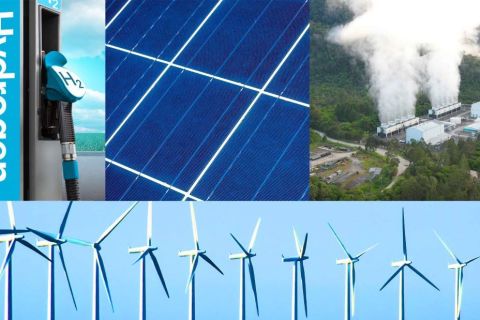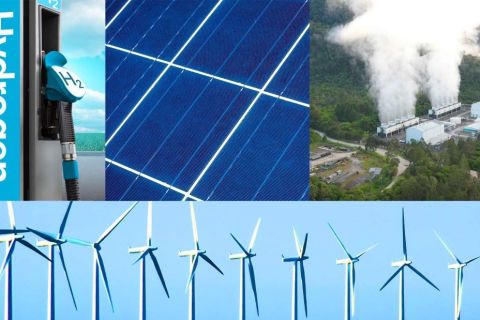The future global LNG scene continues to heat up, and lawmakers – both former and present – continue to make their case for the US to export LNG as shale gas production surges. The latest bipartisan push came from Bill Richardson and Spencer Abraham, former US secretaries of energy under Presidents Bill Clinton and George W. Bush, respectively. In a jointly written opinion piece published in the Financial Times, the two countered beliefs by some that exporting LNG would cause natural gas prices in the US to increase by pointing out that shipping and liquefaction costs would lead to higher payments by foreign consumers compared to domestic buyers. “We believe, however, that LNG exports can buttress US geopolitical leadership and trade, while at the same time continuing to support low domestic natural gas prices and a renaissance in domestic manufacturing. In addition, LNG exports offer the potential for lower global carbon emissions,” the two wrote in the article. Moreover, they said that a low demand for natural gas resulting as a byproduct of E&P operations has led to natural gas being flared or shut in. If that gas is captured and used for export, the two said the “US would ultimately reduce price volatility, bolster its long-term reserves, and enable its natural gas sector to reach its growth potential.” Another advantage to becoming an exporter, they said, would be helping European and Asian allies, “many of which are dangerously dependent for natural gas on foreign powers frequently hostile to US interests.” The opinion piece comes after the release of a study by NERA (National Economics Research Associates) Economic Consulting, which revealed that producing large quantities of shale gas at a low cost would yield the highest net benefits from exporting LNG. That stated, the study cautioned that high US natural gas prices could lead importers worldwide to buy LNG elsewhere if wellhead prices in the US rise above the cost of competing supplies. Another finding also revealed that domestic consumers’ energy bills could rise. Yet, the benefits of LNG exports outweighed the losses, the study concluded. I tend to agree with those backing LNG exports for the US. Operators have successfully applied the techniques of hydraulic fracturing and horizontal drilling to extract massive amounts of shale gas from formations across the US. And low natural gas prices amid abundant supplies have resulted in a hit on pocketbooks. Exporting LNG could result in a win-win for many of those involved. Companies behind shale gas operations could finally see substantial dollars flow into their coffers. Places like Korea and Japan, where LNG is in high demand, could receive a source to meet their energy needs. The increased emphasis on natural gas also could result in lower carbon dioxide emissions, helping the environment. Currently, the US Department of Energy is considering whether to approve about 15 LNG export proposals. The study and growing support from both Democrats and Republicans could give the push authorities need to make LNG exports a reality. In August, a group of Democrat and Republican representatives showed their support for US LNG exports by sending a letter to US Energy Secretary Steven Chu. Signed by 10 Democrats and 34 Republicans from Arkansas, Louisiana, Oklahoma, and Texas, the letter from the politicians requested the department facilitate approval of LNG facilities across the US. Contact the author, Velda Addison, at vaddison@hartenergy.com.
Recommended Reading
Energy Transition in Motion (Week of Oct. 11, 2024)
2024-10-11 - Here is a look at some of this week’s renewable energy news, including nearly $7.9 million in bids for geothermal leases in Nevada.
Energy Transition in Motion (Week of Oct. 18, 2024)
2024-10-18 - Here is a look at some of this week’s renewable energy news, including approval of a 2-gigawatt geothermal project in Utah.
Energy Transition in Motion (Week of Dec. 6, 2024)
2024-12-06 - Here is a look at some of this week’s renewable energy news, including a record-setting quarter for solar module capacity in the U.S.
Energy Transition in Motion (Week of Nov. 22, 2024)
2024-11-22 - Here is a look at some of this week’s renewable energy news, including the ranking of top corporate solar users in the U.S.
Energy Transition in Motion (Week of Oct. 25, 2024)
2024-10-25 - Here is a look at some of this week’s renewable energy news, including a U.S. Geological Survey-led study pointing to massive estimated lithium reserves in the Arkansas Smackover.




